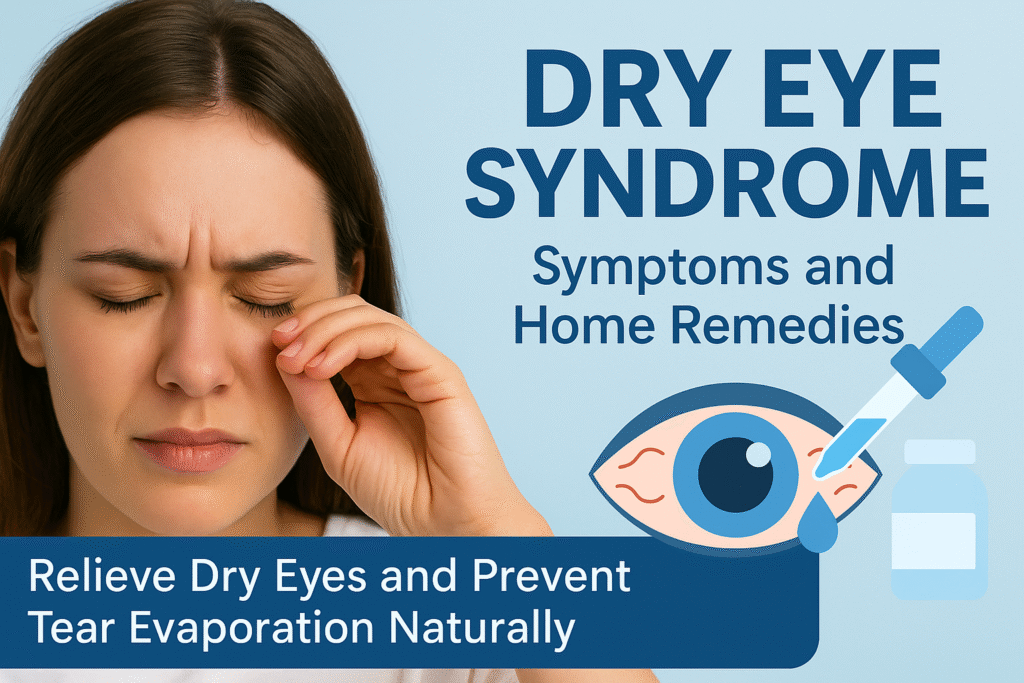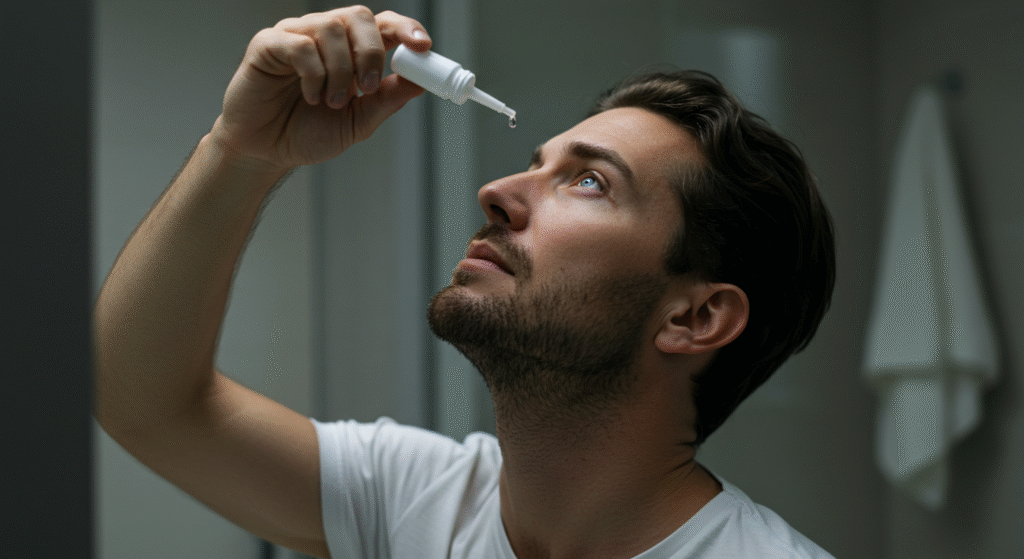
Dry eye syndrome is something a lot of folks deal with—it can be a little annoying or really disruptive, depending on how bad it gets. If you’ve ever felt like there’s sand in your eyes or had that burning, irritated sensation, you’re not alone. The root of the problem usually comes down to either not making enough tears or your tears drying up too fast. Things like getting older, hormone shifts, certain health conditions, and even your environment can all contribute. Thankfully, there are quite a few ways to manage it, from using over-the-counter eye drops to making small lifestyle tweaks or, in more serious cases, getting professional treatment. Have you ever had one of those days where your eyes just feel tired? Not tired like you-need-a-nap tired, but more like dry, scratchy, and uncomfortable for no obvious reason. You blink a bunch, maybe close your eyes for a second to give them a break, but the discomfort keeps creeping back. It’s like your eyes have decided they’re done cooperating. That, my friend, could be dry eye syndrome making itself known. It’s more common than you’d think—millions of people across the U.S. deal with it. And while it might seem like just a minor eye nuisance, for some, it gets bad enough to really mess with daily life. In this post, we’re going to walk through the most common symptoms, what might be causing them, and what you can actually do about it.

Have you ever had one of those days where your eyes just feel… tired? Not tired like you-need-a-nap tired, but more like dry, scratchy, and uncomfortable for no obvious reason. You blink a bunch, maybe close your eyes for a second to give them a break, but the discomfort keeps creeping back. It’s like your eyes have decided they’re done cooperating. That, my friend, could be dry eye syndrome making itself known.
It’s more common than you’d think—millions of people across the U.S. deal with it. And while it might seem like just a minor eye nuisance, for some, it gets bad enough to really mess with daily life. In this post, we’re going to walk through the most common symptoms, what might be causing them, and what you can actually do about it.
Symptoms
If your eyes often feel like you’ve got tiny grains of sand lodged under your eyelids, you’re probably familiar with one of the most common signs of dry eye. It can also feel like a burning or stinging sensation that pops up randomly throughout your day. Some folks say it’s a never-ending itch they can’t seem to scratch—very persistent and very irritating.
And here’s something that can be confusing: you might tear up a lot even when your eyes feel super dry. Sounds strange, right? But it’s actually your eyes trying to defend themselves by pumping out extra tears. Unfortunately, those tears usually don’t do much since they vanish too fast to keep your eyes comfortable. Blurry vision is another one—especially when you’ve been staring at a screen or book for a while. Sometimes a good blink clears it up, but it keeps coming back.
Causes
As the Mayo Clinic explains, dry eyes show up when your tears aren’t pulling their weight anymore—either you’re not making enough of them, or they’re doing a disappearing act way too quickly to help.
There are a bunch of things that can set this off. Age is a big one—tear production tends to drop off naturally the older we get, especially after you hit 50. Hormones are another factor. That’s why dry eye is more common in women, especially during pregnancy, after menopause, or even while using hormonal birth control. All those hormonal ups and downs can really throw tear production out of whack.
Environmental factors definitely don’t do our eyes any favors. If you spend a lot of time in front of a screen (which, let’s be real, most of us do), your blinking slows down—sometimes by half—which means your tears evaporate more quickly. And if you live somewhere dry, dusty, or up in the mountains, the air itself can make matters worse. It’s not just dryness in the air, either. Chronic health issues like rheumatoid arthritis, diabetes, and thyroid problems are also known to increase the likelihood of developing dry eyes.
Roboto, Helvetica, Arial, sans-serif; max-width: 800px; margin: 40px auto;”>






Wishing you a speedy recovery.